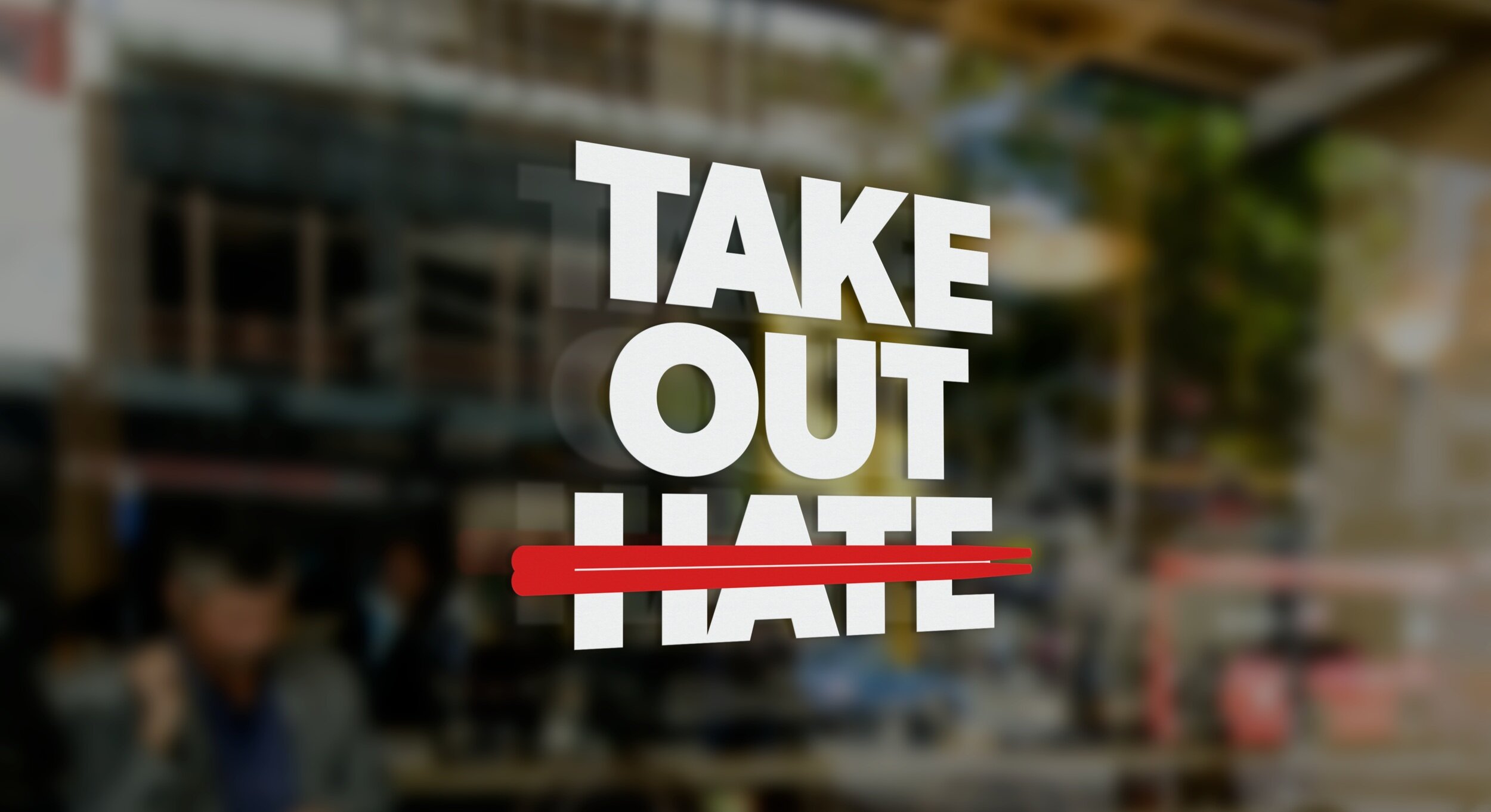CONVERSATIONS | STOP ASIAN HATE
“An Asian woman in my mom’s congregation just had acid thrown in her face as she was taking out the trash.”
The words came from Tim Eng, one of our creative directors at the Pensery. It was our weekly Pensery Zoom, April, 2020: a call that began, as so many around that time did, with a check-in about the virus that had upended our lives. How was each one of us coping? (Baking and more baking, like everyone else lucky enough to score a bag of flour and some yeast.) Everyone feeling OK? (Knock on wood, so far so good. Well, aside from the remote schooling part. And the 10 pounds part. And the pod drama part. Haha yeah, well, it could be a lot worse.)
“Actually,” said Tim, who’d been quieter than usual, “it is a lot worse.” And told us the story.
Silence.
For weeks our feeds had been featuring the grim reports: the Asian restaurants that were defaced or worse, their owners stony-faced with shock and grief. The Asian men and women, mostly elderly, singled out for vicious, sometimes fatal attacks.
It’s not that anti-Asian sentiment was news to us: Certainly not to Tim, the only Asian kid in his Staten Island elementary school, whose childhood was marked by playground bullies throwing rocks and shouting slurs; Halloweens drained of joy by malicious pranks directed at his house only.
He remembers his egg- and shaving cream-covered front door, and how it felt to stand inside, 8 years old, heart pounding. How it felt to see the grim determination on his parents’ faces as they scrubbed off the mess yet again. He remembers the early 2000s, walking down the street in New York City or Miami, the muttered hate from random passersby, how he prided himself on never flinching. How it felt to wait for an hour or more at his table in a restaurant, while all around him diners ordered and were served their meals.
It wasn’t news to Lois, either. Honored to serve three terms on the Board of Asian Americans Advancing Justice, and one of just two non-Asian members, she saw the passive and visceral cruelties faced by Asian Americans through a lens of advocacy—and the difficult work involved in protecting civil and human rights in this country.
For Moira, it was different. Sure, there had been a few incidents in her New Jersey childhood: the boy who encouraged her elementary school classmates to sing a racist song, her sense that she should avoid certain neighborhoods and parts of the country, the intrusive questions about “where are you really from?”
Still, she was idealistically American through and through—no fear and no limits. Her work as a consultant with Asians Americans Advancing Justice actually reinforced her fundamental belief that we can make—indeed, are making—progress on the issue of racism. But the mounting toll of the past year forced her come to grips with some heartbreaking truths: that Asian Americans suffer here in both subtle and blatant ways, and that the rising tide of anti-Asian sentiment has very real and serious consequences.
This violent surge is a whole new level of threat. Research released by reporting forum Stop AAPI hate in mid March 2021 show nearly 3,800 incidents nationwide reported over the course of roughly a year during the pandemic, mostly against Asian women. It’s important to note here that hate crimes and bias incidents are vastly under-reported.
Finally someone—probably Mario—spoke: “I don’t think we even need to talk about this, right? We want to do something. Who’s got an idea?” Marianne floated a concept: TakeOutHate, to support local Asian restaurants. Within the hour we had sketched out a campaign featuring Asian chefs. It might not turn back the tide of violence, but it could save some livelihoods. We sharpened our pencils and got to work.
In two weeks we had arrived at a logo and a look.
Now came the crucial part: would the campaign resonate in an authentic and respectful way? Was there something not quite right, some subtlety we’d overlooked? Lois drew together a research plan. Tim called his connections. Together they interviewed a select group of prominent restaurateurs and chefs in the Asian American community, using their feedback to fine tune our work.
And then, as often happens when a large number of creative people are all focused on the same idea, lightning struck twice. Another firm had come up with the same TakeOutHate concept, and to their credit had already begun to roll it out. We extended them our best wishes and assured them of our support.
Throughout the ages, graphic design has played a significant role in shaping history. This current crisis is just our latest reminder of how much power it holds—and how it is incumbent upon us to wield it wisely.
That’s why we stand behind “I Still Believe in Our City”, the brilliant public awareness campaign by multidisciplinary artist Amanda Phingbodhipakkiya. The campaign was developed with the NYC Commission on Human Rights to combat anti-Asian discrimination, harassment and bias as a result of COVID-19, and launched with the support of the NYC Department of Internal Affairs. See Ms. Phingbodhipakkiya’s stunning art here, and learn more about how all of us can stop Asian hate.
Conversations _
Please, speak freely. When a conversation allows us to understand something important about our clients, ourselves or the world, it gives depth and meaning to our work and moves us all forward. Those are the conversations we’re always looking to have. Here’s what’s come up for us at the studio over the past few months.





